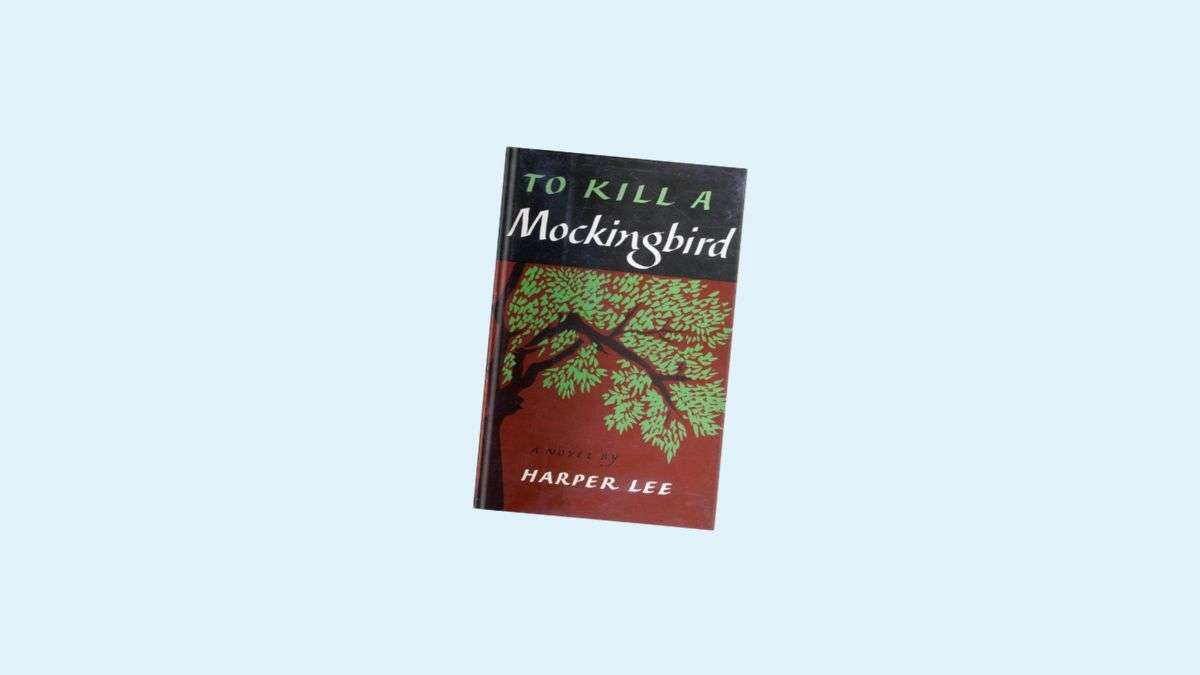Table of Contents
- Introduction
- Understanding Empathy in To Kill a Mockingbird
- Unpacking Social Justice Themes
- Lessons from To Kill a Mockingbird for Today’s World
- Conclusion
Introduction
The write-up discusses key lessons from To Kill a Mockingbird. The classic novel, written by Harper Lee, remains profoundly relevant today. Published in 1960 and set in the 1930s, the book tackles issues of racial injustice, social inequality, and moral courage that resonate powerfully over half a century later. At its core, To Kill a Mockingbird explores the transformational power of empathy and compassion in moving society toward greater justice and understanding between all people.
Though published decades ago, the fictional town of Maycomb bears striking similarities to many communities today still struggling with prejudice, discrimination, and lack of equity along racial, ethnic, gender, and socioeconomic lines. The courageous character of Atticus Finch standing up to ingrained societal racism mirrors the ongoing need for moral conviction in confronting injustice wherever it persists. Much work remains to be done to build a just society of mutual understanding.
At its heart, To Kill a Mockingbird demonstrates the transformative power of empathy, compassion, and moral courage in moving society closer toward equity and justice. Through characters like Atticus Finch, Scout, and Boo Radley, the novel explores how embracing empathy for others, regardless of race, gender, or background, seeds meaningful social change from the ground up. The narrative also unpacks the corrosive dangers of societal prejudice and how false perceptions of entire groups can perpetuate injustice.
As evidenced by its enduring popularity and relevance, To Kill a Mockingbird demonstrates literature’s profound ability to shape mindsets, challenge assumptions, and spur critical reflection on issues of morality and justice.
By crafting a compelling window into the lives of characters wrestling with complex social dynamics in Maycomb, Harper Lee invites readers to walk in another’s shoes and re-examine their principles. Great literature thus fosters the empathy and perspectival shift required to address equity and meaningfully create a more just society.
Understanding Empathy in To Kill a Mockingbird
Atticus Finch is the moral center of To Kill a Mockingbird and a model of empathy. As a lawyer defending Tom Robinson, a black man falsely accused of rape, Atticus sees beyond race and prejudice to uphold justice. He teaches his children to “walk around in [someone’s] skin” before judging them, emphasizing empathy in understanding others’ perspectives.
The courtroom scene when Atticus cross-examines Mayella Ewell is a masterclass in empathy. Instead of treating her harshly as an alleged victim making false rape accusations, Atticus politely questions her version of events. He seeks the truth while also seeing Mayella as a victim of poverty and ignorance. Atticus reserves judgment and treats all people with dignity.
Atticus teaches Scout the importance of perspective-taking, saying things like:
“You never really understand a person until you consider things from his point of view… until you climb into his skin and walk around in it.”
This advice guides Scout when confronting prejudiced characters like Mrs. Dubose. Rather than reacting angrily, Scout tries to understand the pain and adversity underlying Mrs. Dubose’s racism. Examining other perspectives allows for revelation and growth.
When a lynch mob comes for Tom Robinson, Scout unknowingly diffuses the situation with empathy, making the men see themselves through her young eyes. Her innocence jolts their consciences, reminding them of their humanity. Additionally, Atticus’ steadfast defense of Tom and closing argument aimed at the jury’s sense of justice appeal to conscience over prejudice. These key scenes pivot on empathy as a moral anchor against hatred and bigotry.
Unpacking Social Justice Themes
Harper Lee’s To Kill a Mockingbird examines racial injustice and inequality in the fictional town of Maycomb, Alabama, during the Great Depression era. The story centers around the trial of Tom Robinson, a black man falsely accused of raping a white woman named Mayella Ewell. Through this court case and the surrounding events, Lee spotlights the rampant prejudice that black citizens faced in their quest for justice within a legal system designed to work against them.
The trial of Tom Robinson lays bare the racial injustice ingrained in Maycomb society. Despite significant evidence of Tom’s innocence, the white jury convicts him due to racial prejudices. The tragic outcome shows how the deck was stacked against black defendants, regardless of the facts. Even Atticus Finch’s impassioned defense cannot overcome the pervasive racism that taints the justice system and broader social institutions.
Lee’s characters face immense challenges in pursuing justice within Maycomb’s racist paradigm. Tom Robinson possesses virtually no agency to defend himself against false allegations due to engrained power structures. Though possessing noble intentions, Atticus Finch contends with an unsympathetic jury defending Tom. The trial also puts his children in danger when Bob Ewell attempts to retaliate against Atticus. Lee suggests seeking justice requires great personal sacrifice and elicits backlash when confronting systemic racism.
While set decades ago, the injustices in To Kill a Mockingbird retain contemporary resonance. Racial prejudices within criminal justice processes, voter suppression targeting minorities, and violence against marginalized groups evidence the persistence of systemic racism. Much like the fictional Maycomb, current events call us to reform biased institutions and challenge those who perpetuate racial inequities. Seeking justice still demands courage and carries risk, but it remains necessary work.
Lessons from To Kill a Mockingbird for Today’s World
The themes of racial injustice and inequality portrayed in To Kill a Mockingbird still ring true in many ways today. Issues like police brutality against minorities, discrimination in the criminal justice system, and ongoing struggles for equal rights all echo the challenges faced by characters like Tom Robinson seeking justice in the prejudiced society of 1930s Alabama.
Atticus Finch’s empathy and moral courage inspire us to stand up to injustice. His example calls us to walk in others’ shoes, set aside our biases, and speak out for what is right, even in the face of hostility. Applying such empathy in our everyday lives can promote greater understanding between all people.

Literature like To Kill a Mockingbird fosters critical thinking on complex race, bias, ethics, and justice issues. Engaging thoughtfully with such works encourages self-reflection and helps raise awareness of pressing social concerns. Stories nurture our moral imagination, shaping perspectives that can lead to meaningful change.
The transformative lessons from Lee’s classic novel—to promote empathy, fight injustice even in the face of opposition, and reflect on our prejudices—remain deeply relevant for building a more just and compassionate society.
Conclusion
The profound lessons in To Kill a Mockingbird remain relevant today. By exploring themes of empathy and social justice through the eyes of memorable characters like Atticus Finch, Scout, and Boo Radley, the novel encourages readers to walk in someone else’s shoes and confront injustice with compassion.
The key takeaways from the novel center on developing empathy, promoting equality, and standing up for those facing discrimination. Atticus demonstrates that we all have a responsibility to understand others’ perspectives and extend kindness, while the trial of Tom Robinson and its aftermath highlight the need to challenge prejudice. Though set in the 1930s, the book’s messages around open-mindedness, integrity, and moral courage remain relevant today.
As with the characters in Maycomb, we each face decisions between apathy and action, prejudice and understanding. Lee’s novel pushes us to look within our capacity for empathy, biases, and willingness to disrupt the status quo. Consider instances when we can follow Atticus’ example and display compassion where others lack it or situations where we let preconceptions cloud sound moral judgment, like the jury. Small acts of kindness and speaking out against injustice can spark positive change.
The transformative power of Lee’s story lies in its ability to inspire self-reflection, difficult dialogues, and social action geared toward equality and human rights. Though injustice persists, we can challenge it through ethical leadership and allyship like Atticus. Let the lessons of Maycomb move you to widen your circle of empathy, stand up to discrimination when you witness it and participate in community initiatives pursuing the ideals of justice.
